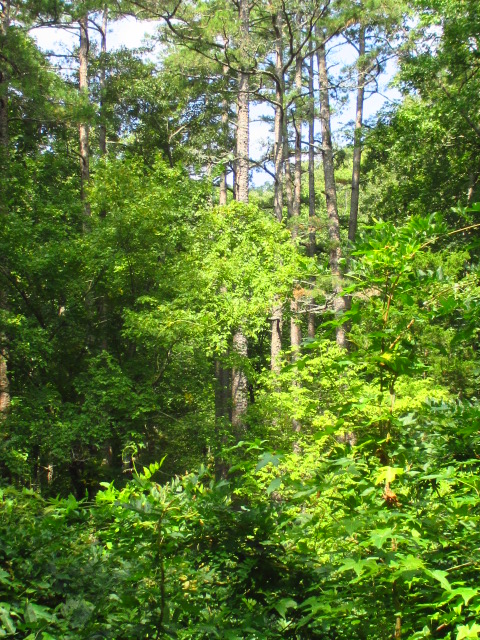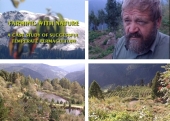
 4
4




 11
11






"We're all just walking each other home." -Ram Dass
"Be a lamp, or a lifeboat, or a ladder."-Rumi
"It's all one song!" -Neil Young
 5
5




 I've got bare hillside photos somewhere I'll try to add later.
I've got bare hillside photos somewhere I'll try to add later.

"We're all just walking each other home." -Ram Dass
"Be a lamp, or a lifeboat, or a ladder."-Rumi
"It's all one song!" -Neil Young
 3
3





 7
7




List of Bryant RedHawk's Epic Soil Series Threads We love visitors, that's why we live in a secluded cabin deep in the woods. "Buzzard's Roost (Asnikiye Heca) Farm." Promoting permaculture to save our planet.




 1
1




"The only thing...more expensive than education is ignorance."~Ben Franklin. "We can easily forgive a child who is afraid of the dark; the real tragedy of life is when men are afraid of the light." ~ Plato
 2
2








Sometimes the answer is nothing

 2
2




Sometimes the answer is nothing





 6
6








To lead a tranquil life, mind your own business and work with your hands.
 2
2




 6
6




"The rule of no realm is mine. But all worthy things that are in peril as the world now stands, these are my care. And for my part, I shall not wholly fail in my task if anything that passes through this night can still grow fairer or bear fruit and flower again in days to come. For I too am a steward. Did you not know?" Gandolf
 5
5




 2
2




Marco Banks wrote:Over time, as those branches and such breakdown, they become something of a terrace on the downhill side of the trees, making picking and pruning easier.
6. Vetiver grass is a great way to build natural terraces. Using an A-frame like you would when laying out a swale, you plant the grass plugs on contour. We planted ours about 10 inches apart, which worked great. As it grew in, it clumped together in an almost continuous "fence" of grass. Laying sticks up against the clumps of vetiver on the uphill side, and back-filling mulch up against the grass, it began to create a level terrace on the uphill side of the grass. 3 years later, it's clearly working to make a terrace.

| I agree. Here's the link: http://stoves2.com |








